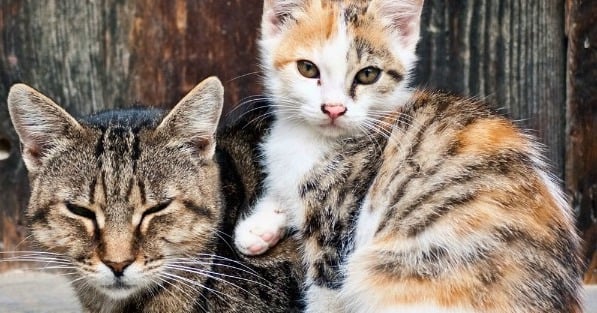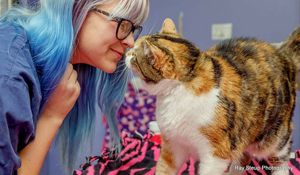Understanding Feral Cats: Challenges, Care, and Solutions
 Photo © Greater Good Charities
Photo © Greater Good CharitiesThe Origins of Feral Cat Colonies
Many feral cats are the offspring of pets that their owners abandoned. Sometimes, they are accepted into existing colonies, and these cats quickly learn ways to survive on the streets. They become part of the community when humans begin to look after them.
Who Feeds Feral Cats?
 Photo © United for Animals
Photo © United for Animals
Dedicated feral cat caretakers often venture out to feed and care for these animals at night. These compassionate individuals use their resources to provide food, shelter, medical care, and spay/neuter surgeries. They love and care for these feral cats just as we care for our pets at home.
How Does Sterilization Help with Feral Cats?
 Photo © Greater Good Charities
Photo © Greater Good Charities
Trap, neuter, and return programs are crucial in managing feral cat populations.
In their care, cats are humanely trapped, spayed or neutered, vaccinated, and then returned to their original locations, where they continue to receive food and support amidst their colony. This work prevents overpopulation and reduces the burden on taxpayers. With an estimated 87 million free-roaming community cats in the United States, eradication would cost billions of taxpayer dollars.
Are Feral Cats Beneficial?
Feral cats provide significant benefits to their communities.
According to Alley Cat Rescue, these cats help control rodent populations, thereby reducing the spread of diseases carried by rodents. Caretakers regularly treat the cats for fleas and other parasites, creating a healthier environment. During the spay/neuter process, feral cats also receive a three-year rabies vaccine, further protecting public health.
 Photo credit: Alley Cat Rescue
Photo credit: Alley Cat Rescue
How You Can Help
Greater Good Charities is committed to the well-being of feral and community cats and their caretakers. Here are ways to learn more about our work and make a difference.
- We support feral cat organizations with humane trap grants: Humanely Control Feral Cat Population
- We provide spay/neuter and vaccination grants to qualifying organizations: Help Sterilize and Vaccinate Homeless Cats
- Many cats become adoptable once pulled from a colony for medical reasons: Animal Medical Cases
 Photo © Greater Good Charities
Photo © Greater Good Charities
All animals deserve to have their basic needs met: food, a safe place to live, and medical care when needed. You can help feral cats by donating today.


